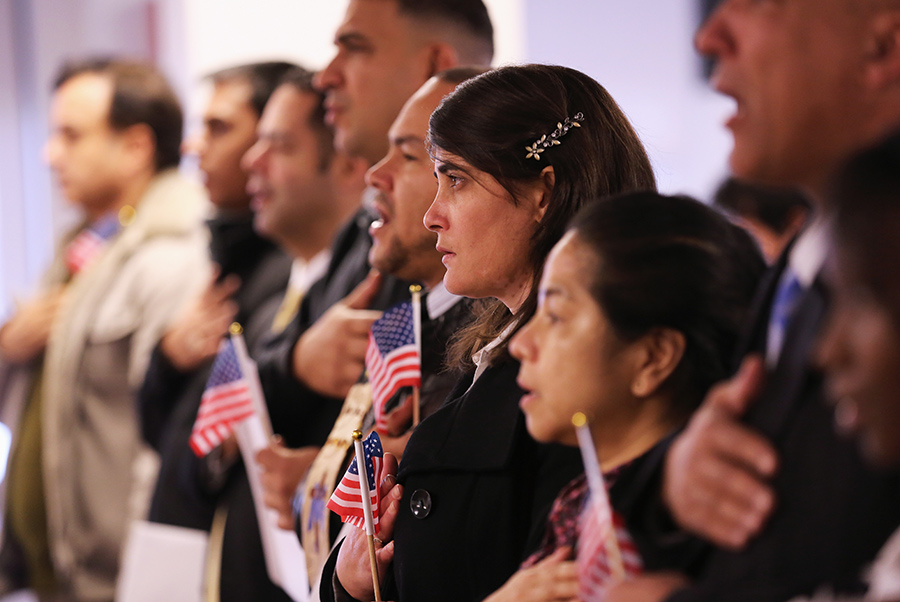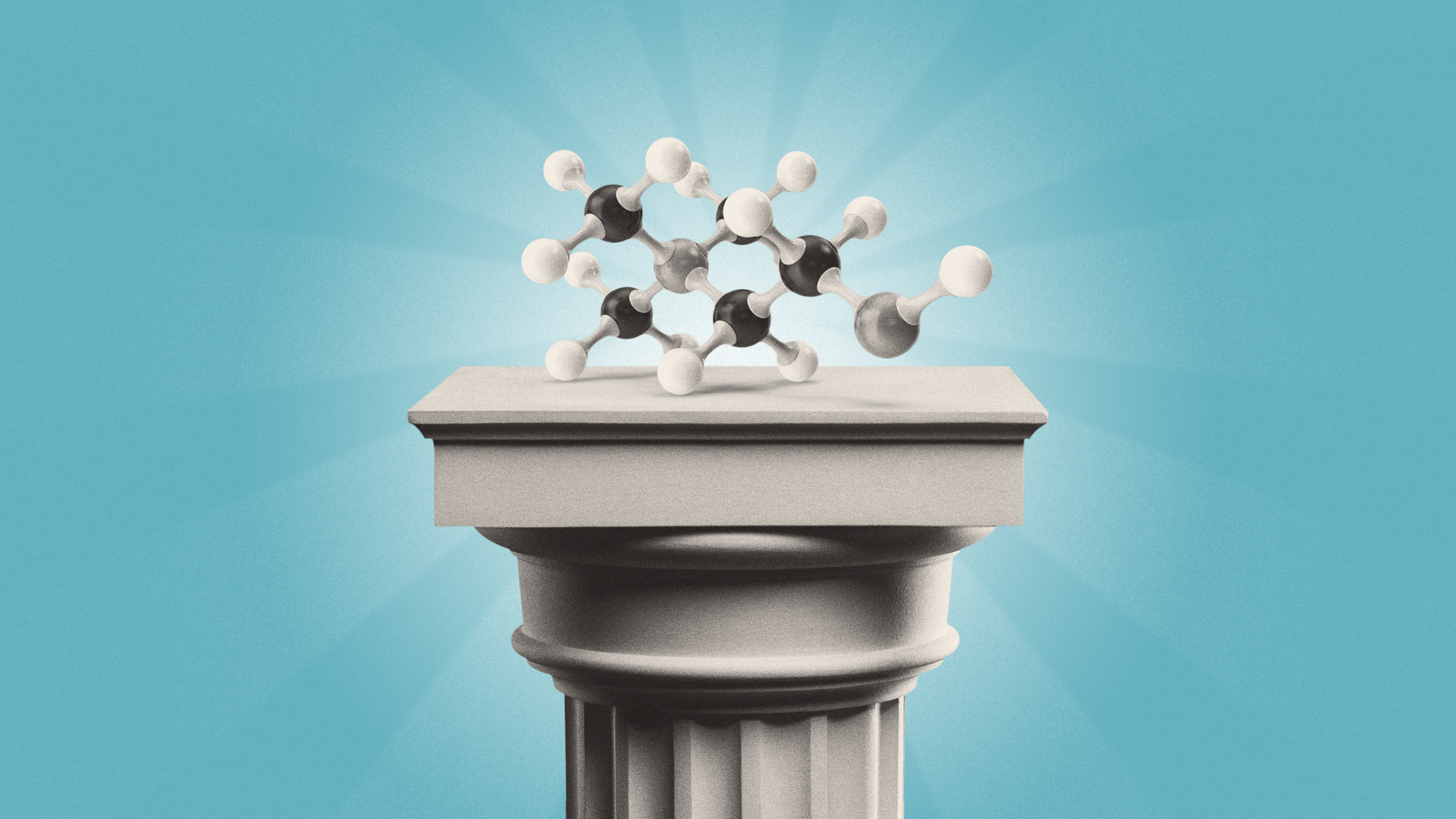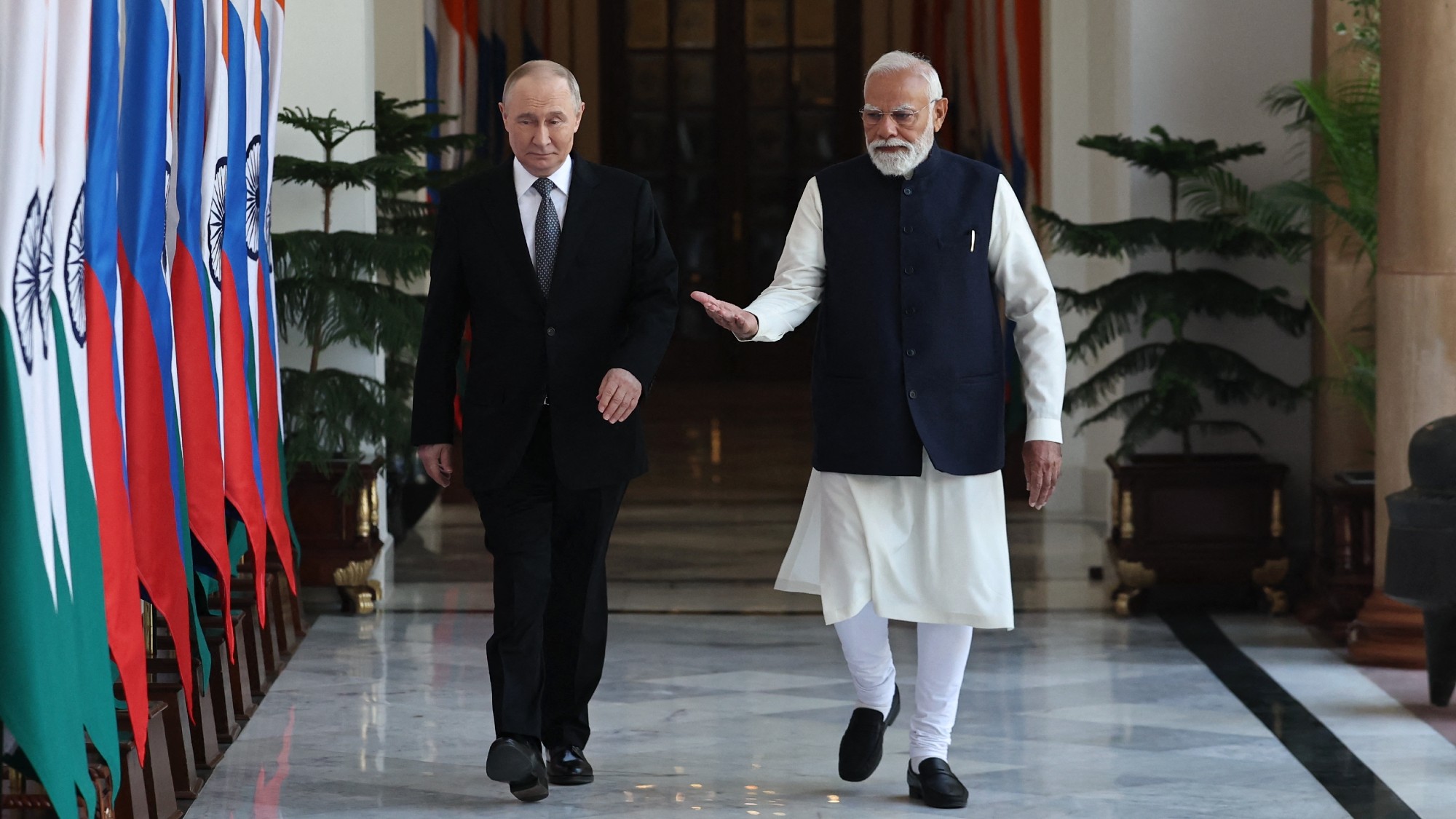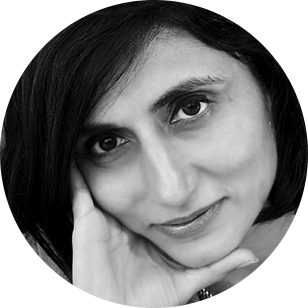Hyphenated-Americans don't undermine American identity
Don't listen to the critics who say we fail to "emotionally assimilate"


The assimilability of immigrants has been a perennial concern in this land of immigrants. Ben Franklin famously worried that admitting too many "Palatine boors" — his fond term for Germans — would mean that they'd Germanize "us" rather than "us Anglifying them," because Germans were incapable of "adopting our language and customs." Thomas Jefferson likewise worried whether Europeans from monarchies would ever acquire the habits of republican self-governance. And then there was the hysteria about the "divided loyalties" of Catholics who regarded the Vatican as a higher authority than Uncle Sam.
Today, a new twist on this old worry has emerged. It concerns so-called transnational immigrants like me who like to maintain what Louisiana Governor Bobby Jindal, whose parents are Indian émigrés, last week derisively called "hyphenated identities." If you want to be Indian, stay in India, advised Jindal, who himself gave up Hinduism, the religion of his birth, and embraced Christianity.
The rap against us is that in this age of instant communication, we maintain ties with our motherland that prevent us from fully "emotionally assimilating." The fact that we can fly back home in a jiffy when our aunt dies or niece gets married (as I just did last month) means that our assimilation is superficial. Therefore, allowing more of us in, especially when the American educational system's commitment to (forced) integration has been replaced by forced multiculturalism, would undercut the shared civic beliefs that hold America together.
The Week
Escape your echo chamber. Get the facts behind the news, plus analysis from multiple perspectives.

Sign up for The Week's Free Newsletters
From our morning news briefing to a weekly Good News Newsletter, get the best of The Week delivered directly to your inbox.
From our morning news briefing to a weekly Good News Newsletter, get the best of The Week delivered directly to your inbox.
There is a surface plausibility to this worry. But at its heart, it is divorced from the complex psycho-sociology of modern immigrants who, by and large, are overwhelmingly positive for America.
What, after all, is the evidence for this new concern? At a recent conference, Hudson Institute's John Fonte reiterated findings from a survey that Hudson had commissioned showing that fewer naturalized Americans than native-born Americans said that America was "better" than other countries (44 percent to 65 percent); considered themselves American citizens rather than "citizens of the world" (54 percent to 85 percent); and regarded the Constitution a higher legal authority for America than international law (37 percent to 67 percent).
But such snapshot comparisons between the attitudes of naturalized and native-born citizens tell us nothing about the assimilability of modern immigrants compared to past immigrants — a good third of whom returned home because they didn't like America. What's more, assimilation is a multi-generational process that by all available metrics seems to be proceeding just fine. For example, restrictionists consider Latinos the most resistant to assimilation because of their tenacious fondness for Spanish and their relative proximity to their homeland. Still, 91 percent of the children and 97 percent of the grandchildren of Mexican immigrants to America speak English as their dominant language.
And when it comes to patriotic assimilation, qualified Latinos — meaning those who are legal and have a high-school degree — are represented in the military just as much as they are in the civilian workforce. By contrast, whites and Asians are underrepresented and blacks over-represented. Most interestingly, however, according to a 2012 Pew survey, Latinos and Asians have a far higher rate of intermarriage compared to blacks and whites, a crucial metric of cultural assimilation.
A free daily email with the biggest news stories of the day – and the best features from TheWeek.com
Still, critics say that immigrants these days have a deficit of "emotional assimilation." Since they don't "experience the physical or psychological amputation from the mother country" — as Hoover Institute's Victor Davis Hanson first put it, and others subsequently echoed — they never relegate their homeland to the "romance of memory" as old-world immigrants separated by "thousands of miles of seawater" were forced to do.
Perhaps. But as with actual romances these days, "it's complicated."
For starters, the chief barriers to assimilation often stem not from immigrants themselves, but the native born. Just like a new kid trying to break into long-established cliques in school, immigrants find it exceedingly difficult to become fully accepted in American society for the simple reason that the native born prefer to hang out with those more familiar to them. Americans are the most open-minded people on the planet — but connections born out of curiosity are never as deep as those that stem from a shared history and cultural background. It is therefore difficult for immigrants to fully replace old friendships and relationships in their new country. And if they couldn't salve their "psychological amputation" — by instant messaging cousins, or viewing family albums across oceans on Facebook — they wouldn't become more "emotionally assimilated," they'd just be lonelier and more atomized. In other words, their personal downside wouldn't translate into any social upside for America.
But what about Hanson's contention that frequent contact means that the homeland never gets relegated to the "romance of memory"? That's actually a good thing — it means that instead of viewing their native land with rose-tinted glasses, they are constantly reminded of all the reasons why they took the painful step of leaving in the first place.
For example, when I go back home to India, the bureaucratic corruption that used to irk me when I lived there now seems absolutely intolerable. It's not some charming, quirky, idiosyncratic way of conducting business; it's a downright travesty now that I can contrast it with America's legendary efficiency.
More fundamentally, however, the vast majority of Indian-Americans are appalled — not impressed — when folks back home tell them that India offers a better lifestyle because even middle-class Indians can access servants, in contrast to America where even the rich have to "clean their own toilets." Or that strict rules governing caste and class interactions are necessary for social harmony. Or that expecting women to submit to their husbands and in-laws makes India a more virtuous culture.
Experiencing American egalitarianism fundamentally transforms Indian émigrés, forcing them to rethink and reject the basic tenets of the culture they grew up in, making it very difficult for them to go back home despite their alienation in American society.
Nor are they in any way unique. This value shift — or what sociologists call "homeland dissimilation" — is pretty well established for other contemporary immigrants, including Mexican American women whose notions of "gender empowerment" diverge sharply from those of their more traditional Mexican sisters.
What are the socio-political implications of all this?
French philosopher Alexis de Tocqueville observed that Americans are such thoroughbred egalitarians that they've become oblivious to the vast inequalities they've overcome and obsess about the few that remain. This is the source of the utopian strain in American politics.
But immigrants have a cultural reference point to offer a reality check to progressives eager to assert a false moral equivalence between America and other cultures. An Afghan woman who has escaped the Taliban wouldn't ever maintain that both countries in their own way are equally oppressive of women.
It is true that immigrants tend not to be as reflexively patriotic as natives. By and large, for example, they are mindful of how other countries view the controversial conduct of American foreign policy. So they can't cheerfully accept that America has been an unmitigated force for good overseas, as some conservative critics of immigration would want them to.
Despite this, they are powerful agents of "Americanization" abroad. Their egalitarian ways boosts forces back home struggling to overthrow stultifying traditional hierarchies in ways both tangible and intangible — making America "the shining city on the hill" that Ronald Reagan alluded to.
The full political logic of transnational immigrants will unfold across continents over decades in ways that simplistic theories — backed by crude attitude surveys — simply can't predict. But if past is prelude, there is every reason to believe that they'll boost — not undermine — America's confidence in its institutions here and abroad, just like their predecessors.
Shikha Dalmia is a visiting fellow at the Mercatus Center at George Mason University studying the rise of populist authoritarianism. She is a Bloomberg View contributor and a columnist at the Washington Examiner, and she also writes regularly for The New York Times, USA Today, The Wall Street Journal, and numerous other publications. She considers herself to be a progressive libertarian and an agnostic with Buddhist longings and a Sufi soul.
-
 Choline: the ‘under-appreciated’ nutrient
Choline: the ‘under-appreciated’ nutrientThe Explainer Studies link choline levels to accelerated ageing, anxiety, memory function and more
-
 Is a Putin-Modi love-in a worry for the rest of the world?
Is a Putin-Modi love-in a worry for the rest of the world?Today’s Big Question The Indian leader is walking a ‘tightrope’ between Russia and the United States
-
 Quiz of The Week: 29 November – 5 December
Quiz of The Week: 29 November – 5 DecemberQuiz Have you been paying attention to The Week’s news?
